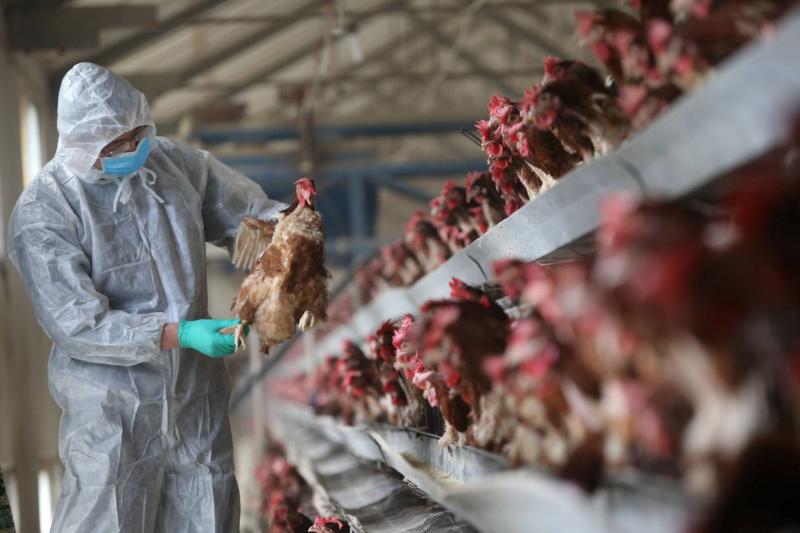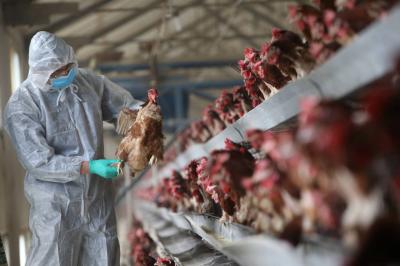British researchers have identified a human gene that they believe can prevent most bird flu viruses from infecting humans. Bird flu primarily spreads among wild birds such as wild ducks and gulls, and it can also infect farm birds and household poultry like chickens, turkeys, and quails. The viruses mainly infect birds, but they can be transmitted to animals that prey on birds and, in rare cases, to humans who are in close contact with infected birds.
A team of scientists from the Virus Research Center, established in partnership between the University of Glasgow and the Medical Research Council, studied hundreds of genes that are expressed naturally in human cells, comparing the behavior of these genes during infections by seasonal viruses that affect humans or bird flu viruses. They focused on a gene called "PTN3A3," which appears in both the upper and lower human respiratory tract. The gene, referred to by the researchers as "B-Force," has been shown to prevent the replication of most strains of bird flu in human cells. However, the antiviral activity of the gene failed to protect against seasonal influenza viruses that infect humans.
This gene is part of a broader defensive system in the human immune arsenal against bird viruses. Researchers stated that all human influenza pandemics, including the global influenza pandemic of 1918-1919, were caused by influenza viruses that overcame the "PTN3A3" gene, making it a key factor in the likelihood of a bird flu strain transforming into a human pandemic.
Viruses are constantly mutating, and this does not mean that bird flu viruses cannot evolve to evade the activity of the "PTN3A3" gene. Earlier this year, a new strain of the H5N1 bird flu, which spreads easily among wild birds, surged into new corners of the world, resulting in the infection and death of various mammals and raising concerns about a potential human pandemic. So far, the World Health Organization has only reported a handful of human cases.
Professor Massimo Palmari, editor of the study published in the journal Nature, noted that approximately 50 percent of the H5N1 strains circulating worldwide since the beginning of 2023 resist the "PTN3A3" gene. One of the study's senior co-authors, Sam Wilson, added that "this is something we should pay special attention to as it represents a high level of risk."




